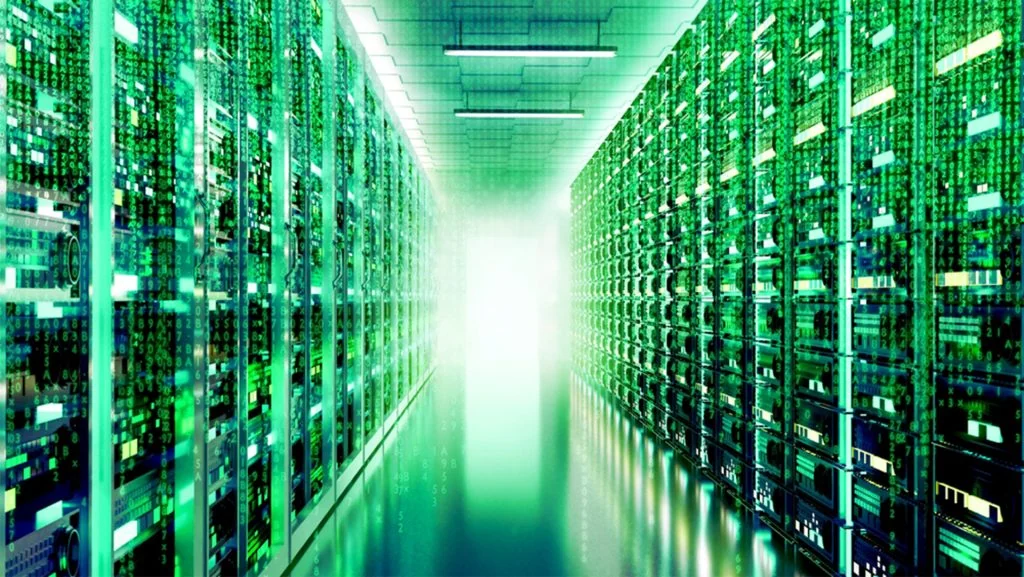Microsoft has unveiled a new data center design that is optimized for AI workloads and uses no water for cooling.
The most important points:
- Significant savings: The new design saves more than 125 million liters of water per year per data center – a big step for sustainability in IT.
- Zero water evaporation: No additional water is required thanks to closed cooling circuits and chip-level cooling solutions.
- New projects: From 2026, pilot data centers with the new technology will be put into operation in the USA. The data centers planned in Germany will also feature the new design.
In August 2024, Microsoft unveiled a new data centre design that is optimized for AI workloads and uses no water for cooling. By using chip-level cooling solutions, precise temperature control can be ensured without water evaporation. Although water is still used for administrative purposes such as toilets and kitchens, this design saves more than 125 million liters of water per year per data center*.

No water evaporation and the pursuit of extremely low water consumption
These new liquid cooling technologies recycle water in a closed circuit. Once the system has been filled during the construction phase, the water circulates continuously between the servers and coolers to dissipate heat without the need for a fresh water supply.
Microsoft measures water efficiency using Water Usage Effectiveness (WUE), which divides the total annual water consumption for humidification and cooling by the total energy consumption for IT equipment. In the last financial year, Microsoft’s data centers operated with an average WUE of 0.30 l/kWh. This represents an improvement of 39% compared to 2021, when a global average of 0.49 L/kWh was reported.
Since the early 2000s, Microsoft has been working to reduce water consumption and has improved water consumption per unit by 80% since the first generation of data centers. The move to next-generation data centers will help reduce water consumption per unit to near zero as each data center operates without water evaporation.

Reduction of energy consumption
Typically, water was evaporated on site to reduce the power consumption of the cooling systems. Replacing evaporative cooling with mechanical cooling will improve energy efficiency (PUE). The latest chip-level cooling solutions make it possible to use higher temperatures for cooling than previous generations of IT hardware. As a result, energy consumption can be reduced with highly efficient, energy-saving coolers with increased water temperatures.
The result is a nominal increase in annual energy consumption compared to the evaporative data centers in the global portfolio. Further innovations for more targeted cooling are under development and are expected to further reduce power consumption.
More details can be found here.
* Based on Microsoft’s global average withdrawal WUE of 0.30 l/kWh in financial year 2024
(ds/Microsoft)





